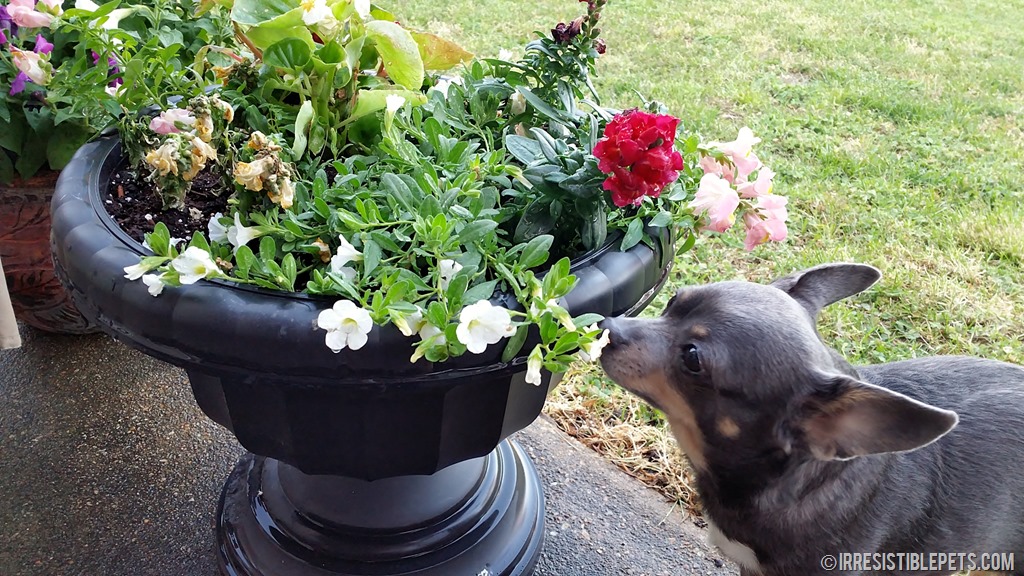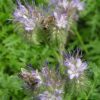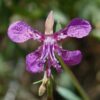Key Takeaways
- Creating a designated digging zone can redirect your dog’s natural digging behavior and protect your garden.
- Choosing the right dog-friendly plant pots involves selecting safe materials, sturdy designs, and ensuring adequate drainage.
- Understanding the reasons behind your dog’s digging can help you better address the issue and keep your garden intact.
- Incorporating durable and non-toxic plants into your garden design is essential for your dog’s safety.
- Training, engagement, and appropriate barriers are effective strategies to minimize unwanted digging in your garden.

Join Forces With Your Furry Friend for a Lush Garden
As someone who loves both their garden and their four-legged companion, I know the challenges of maintaining a beautiful green space that’s also safe and enjoyable for dogs. It’s all about balance and understanding your dog’s needs. Let’s dive into transforming your garden into a dog-friendly haven without sacrificing aesthetics or your beloved plants.
Give Your Dog Their Own Digging Spot
First things first, let’s tackle that digging. Dogs dig for various reasons, from boredom to hunting instincts, or just to find a cool spot on a hot day. The trick is to give them an appropriate place to dig. Here’s how:
- Pick a spot in your yard that’s away from your prized flower beds.
- Make it appealing by using soft soil or sand and burying a few toys for them to discover.
- Encourage your dog to use this spot by praising them when they dig there.
This simple solution can save your garden from becoming a lunar landscape and keep your pup’s paws dirty in all the right ways.
Choose Dog-Friendly Plant Pots for Harmony
Now, let’s talk plant pots. The right pots not only add to the beauty of your garden but also protect your plants from playful paws. Go for sturdy materials like thick plastic, stone, or metal that can withstand a curious nose or an accidental bump. And remember, the heavier the pot, the less likely it is to tip over during a game of fetch gone awry.
Why Do Dogs Turn Yards into Digging Sites?
Exploring Canine Curiosity and Natural Instincts
Dogs are natural explorers. They dig to investigate smells and sounds or to stash away their favorite toys. It’s a behavior deeply rooted in their genes, often seen in wild canines as part of hunting and den-building activities. So when your dog digs, they’re not just being mischievous; they’re following their instincts.
The Search for Comfort: Temperature Regulation
On hot days, your dog might dig to find cooler ground to lie in, or during colder weather, to create a sheltered spot. Their digging is often a way to stay comfortable, and understanding this can help you provide better alternatives, like a cool, shaded area or a warm, cozy shelter.
Playtime and Exercise: A Dog’s Delight
Let’s not forget, dogs need play and exercise. A tired dog is less likely to dig out of boredom or excess energy. Regular walks, play sessions, and training can help keep your dog mentally and physically satisfied, making your garden less of a target for their digging adventures.
Choosing the right pots for your plants is not just a matter of beauty; it’s also about the health and safety of both your plants and your dog. Drainage is crucial – without it, you risk waterlogging the soil, which can harm plant roots and create a messy, muddy area that’s not ideal for paws. Here’s what you need to consider:
Ensuring Adequate Drainage to Protect Paws and Plants
Ensure each pot has enough drainage holes to allow excess water to escape. This will keep your plants healthy and prevent any muddy surprises for your dog. If you find a pot that’s perfect but lacks holes, you can drill some yourself. Just make sure to file down any sharp edges to keep those curious noses safe.
For an added layer of protection, consider placing a layer of gravel or pot shards at the bottom of the pot before adding soil. This will improve drainage and help keep your dog clean when they’re sniffing around your potted plants.
Pots That Please: Aesthetics Meet Functionality
When selecting plant pots, consider both looks and practicality. A beautiful pot enhances your garden’s aesthetics, but it should also stand up to the rigors of life with a dog. Opt for robust designs that can resist being knocked over, and if you have a large dog, consider elevated planters that keep delicate flowers out of reach.
Plants That Can Stand the Romp with Rover
Not all plants can withstand a dog’s playful nature, so it’s important to choose greenery that’s as resilient as it is attractive. Hardy plants like ornamental grasses can take a bit of trampling, while herbs like rosemary and thyme release a pleasant scent when brushed against, which can be a nice deterrent for your dog.
Durable Greens: Canine-compatible Vegetation
When picking plants, go for those that can bounce back after a little roughhousing. Some dog-friendly options include:
- Marigolds: These hardy flowers are not only bright and cheerful, but they’re also quite resilient.
- Lavender: With its calming scent, lavender is a great choice that’s also known for its durability.
- Fescue: This grass variety is tough enough to handle some pet play without getting destroyed.
Toxicity Checks: Keeping Your Pet Safe Amongst Plants
It’s crucial to be aware of which plants are toxic to dogs. Plants like azaleas, daffodils, and tulips can be harmful if ingested. Always check the ASPCA’s list of toxic and non-toxic plants before making your selections. Keeping your dog safe is just as important as keeping your garden beautiful.
Now, let’s look at how to keep your greenery dog-proof.
Keeping Your Greenery Dog-Proof
Location and Layout for Dog-Friendly Gardens
Think about the layout of your garden from a dog’s perspective. Place delicate plants and flowers in areas that are less accessible to your dog, like behind a small fence or up on a higher platform. Use more robust plants to border areas where your dog can roam freely, creating a natural barrier that’s both effective and attractive.
Barrier Solutions That Blend with Your Landscape
Speaking of barriers, there are plenty of dog-friendly options that can protect your plants without ruining the look of your garden. Consider these solutions:
- Decorative fencing: A low fence can be enough to deter your dog while adding charm to your garden.
- Rock borders: Creating a border with rocks not only looks great but also acts as a natural deterrent for dogs.
- Plant cages: For particularly delicate plants, consider using plant cages that can be removed once the plant is sturdy enough to withstand a little bumping.
These strategies are just the beginning. With a little creativity and understanding of your dog’s behavior, you can create a garden that’s a treasure for both you and your furry friend.
But what if, despite all your efforts, your furry pal still has a penchant for pottering around—and digging up—your plant pots? It’s time for some clever training and redirection tactics.





